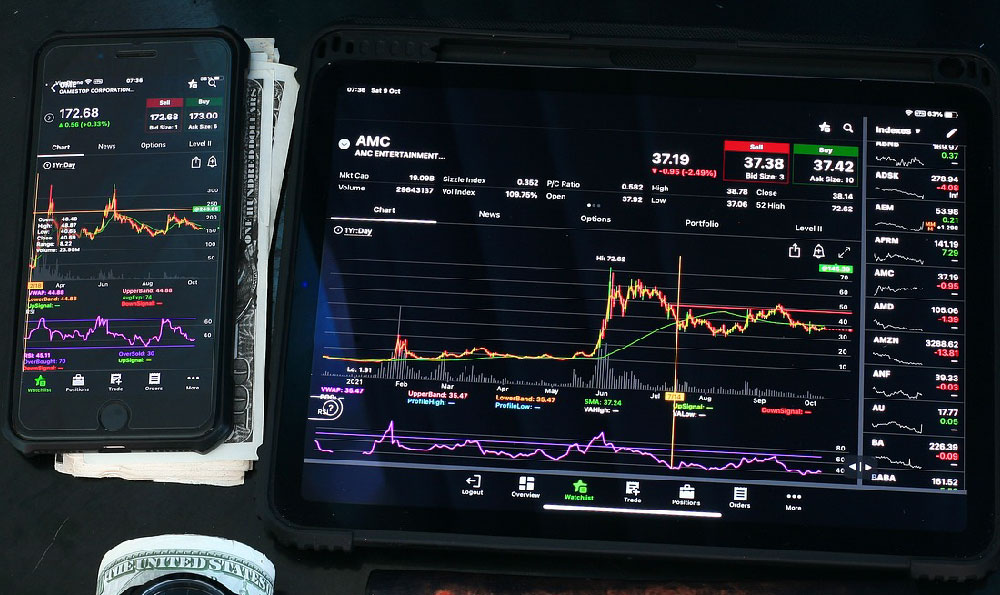TikTok, as one of the most influential social media platforms globally, has rapidly evolved from a simple video-sharing app into a multifaceted ecosystem that generates substantial revenue through diverse channels. While exact figures remain somewhat opaque due to the private nature of its parent company, ByteDance, the platform's financial performance has been the subject of significant speculation and analysis. According to estimates from third-party research firms and leaked financial reports, TikTok's annual revenue has surged from approximately $10 billion in 2021 to over $25 billion in 2022, and projections suggest it may surpass $50 billion by the end of 2023. These numbers reflect not only the platform's massive user base but also its ability to adapt and monetize its unique value proposition in an increasingly competitive digital landscape. The growth trajectory raises questions about the sustainability of such revenue and the factors driving its expansion, which requires a deeper examination of the economic model underpinning TikTok's success.
At the core of TikTok's profitability lies its advertising division, which has become the primary revenue generator. The platform's algorithm-driven content discovery system enables brands to target specific demographics with remarkable precision, making it an attractive avenue for advertisers seeking high engagement rates. Influencer marketing further amplifies this effect, as creators often monetize their followers through branded partnerships, sponsored content, and product placements. Additionally, TikTok's live-streaming features have opened new avenues for real-time monetization, allowing users to earn income through virtual gifts donated by viewers. These virtual gifts, often tied to the platform's currency system, not only provide a direct revenue stream but also foster a sense of community and interaction among users. The integration of in-app purchases, such as game subscriptions and premium content, has also contributed to TikTok's financial growth, though these segments remain relatively smaller compared to advertising and live-streaming.
The platform's revenue model is not limited to direct monetization strategies. TikTok has expanded its business through strategic partnerships and acquisitions, such as its collaboration with Shopify and Amazon to integrate shopping features into the app. These partnerships enable users to browse and purchase products directly within TikTok's environment, reducing friction in the consumer journey and increasing conversion rates. Moreover, TikTok's gaming division, which includes titles like "TikTok Gaming" on Android and iOS, has created an ecosystem where developers and publishers can monetize their content through in-app purchases and advertising. The platform's localization efforts in different markets also play a crucial role in revenue diversification, as regional user preferences and economic conditions shape the demand for specific products and services.

TikTok's financial success is further bolstered by its ability to capitalize on user-generated content and data analytics. By analyzing user behavior, the platform can tailor its services to meet consumer needs, enhancing user retention and, consequently, ad effectiveness. The proliferation of short-form video content has created a unique opportunity for brands to engage with audiences in bite-sized, highly shareable formats. This dynamic has not only increased the platform's value but also attracted attention from investors and advertisers who see potential in its growth. However, the monetization of user data remains a contentious issue, as regulators around the world scrutinize TikTok's compliance with data privacy laws. These challenges highlight the delicate balance between innovation and regulatory compliance that TikTok must navigate.
Despite its impressive revenue, TikTok's financial health is influenced by external factors such as geopolitical dynamics and regulatory uncertainty. The platform's operations in certain markets, particularly the United States, have been subject to intense scrutiny due to concerns over data security and national interests. Such regulatory pressures could impact TikTok's ability to scale its user base and monetize its services in those regions. Additionally, the broader market conditions, including inflation and economic downturns, can affect consumer spending and brand advertising budgets. TikTok's resilience in the face of these challenges is a testament to its strategic agility and the strength of its user base.
Looking ahead, TikTok's revenue potential is closely tied to its continued innovation and expansion into new markets. The platform is actively exploring opportunities in areas such as augmented reality (AR) and virtual reality (VR), which could create new revenue streams through immersive experiences and interactive content. Its focus on emerging technologies and geographic expansion, particularly in regions with high internet penetration and growing digital economies, underscores its long-term growth strategy. However, the platform must also address concerns related to content moderation, user privacy, and regulatory compliance to maintain its reputation and ensure sustained profitability.
In conclusion, TikTok's annual revenue reflects its position as a leading social media platform with a robust and evolving monetization strategy. While the exact figures remain influenced by factors such as market dynamics and regulatory changes, the platform's ability to adapt to consumer trends and leverage its unique features has positioned it for continued growth. As TikTok navigates the complexities of a rapidly changing digital landscape, its revenue trajectory will remain a key indicator of its success and the potential for its ecosystem to thrive in the future.












